
Dear readers,
I have rarely experienced sailing live on site in such an exciting way. The F50 catamarans that emerged from the America's Cup raced along in front of the spectator stands, seemingly close enough to touch. At the same time, monitors provided a bird's-eye view of the television broadcast, which is so crucial for an overview and for tight crossings. And all this in front of the Statue of Liberty and the incredible New York skyline.
I was at the last weekend at the SailGP and was not only able to accompany the German team and conduct exciting interviews, but also experience at first hand how well the concept of the Formula 1 of sailing actually works and why the still relatively young sailing league is so successful.
Among other things, the race mode makes the experience even more exciting. You can qualify for the final of the top 3 in five crisp fleet races lasting a maximum of 16 minutes on a small course. In this final, all previously collected points are reset: The Winner Takes It All. This not only provides thrills for sailors and spectators alike, but also means that the team that crosses the finish line first in the final is also the event winner. This is hardly ever the case in Olympic medal races, nor in normal sailing on triangular courses or in the German Sailing League. For outsiders, this is more than just confusing.
But it gets even better: the same thing happens in the SailGP season ranking across the current 13 events around the world. A final race between the top three finishers decides the entire season - and two million US dollars in prize money for the winner.
A contrasting programme then this week back in Germany, where I have not only walked around Kieler Woche once in the past few days - I'm not talking about the public festival, but the small remaining part in Schilksee that deals with the core of the traditional event.
After all, it is the biggest regatta week in the world. It may not be in the same league as international mega-events such as the SailGP, but the glamour of earlier days can undoubtedly still be felt in the colourful hustle and bustle today. However, I could do without the shrill signals that have been blaring through the harbour apron all day long since the 1972 Olympic Games, for example, to signal departure (yes, it hurts every time).
Even if not at this point, a lot has happened here at Kieler Woche in recent years. Together with hundreds of volunteers, the organisers put on an impressive event year after year.
Although record numbers of up to 5,000 participants are no longer achieved, the 3,000 sailors registered this year are also huge. In addition, 3.5 million spectators were expected, and Schilksee was already overflowing, especially on weekend days.
The media development of Kiel Week is at least as impressive. Once again, an extensive TV programme is being put together. The races of one class are broadcast live every day on their own YouTube channel. With different camera perspectives on the water, live tracking and data analyses, as well as commentators in the studio and reporters on the water, no expense has been spared. For the second year in a row, the event will also be co-operating with TV channel Sport1, which will not only show highlights but also offer a short live broadcast every day.
However, a KiWo victory no longer carries as much weight as it did ten years ago and more. And this is despite the fact that the sport is enjoying growing popularity in Germany in particular thanks to Boris Herrmann. More and more campaigns, such as those by Melwin Fink and Lennart Burke or "This Race Is Female" by Sanni Beucke, are only able to continue in their current form thanks to his footsteps. Even high-performance projects such as the youth and women's America's Cup team or the Germany SailGP team are benefiting from the Malizia hype.
At the same time, this seems to be the death of classic triangular racing. So is Boris digging the grave of a part of sailing while he himself climbs to the throne and constantly receives effusive praise for his work in the interests of sailing?
That is one possible perspective. The other can be recognised when you look at why Team Malizia and other sailing campaigns are so successful. Identification figures and authenticity, action and adventure, the tension between man-technology-nature as well as easy-to-understand race formats and, last but not least, good media relations are the most important ingredients in the recipe for success. How many of these factors can Olympic sailing or Kiel Week boast?
If you want sailing to be profitable in the long term, you have to make it accessible to spectators and therefore also to investors and sponsors. SailGP is leading the way in almost all aspects and can be a role model for all regattas.
With new modern classes such as the Wing Foilers (training/demo event) and the attempt to regain World Cup status, the TV presentation and the varied supporting programme, we are already on the right track. At this point, however, the question arises as to whether the Kieler Woche should be on this path at all.
Neither the number of top stars nor the scenery and the incredibly spectacular races can realistically compete with events such as the SailGP. The openness of associations, organisers and sailors to new concepts and race modes also does not seem to be infinite. So could the realisation of an event with a special flair be the ultimate goal?
For me and numerous sailors from a wide range of classes and levels, the Sailing City delivered exactly that again this year. Even though foiling Olympic and America's Cup veterans have long been in the spotlight, Kieler Woche remains a centrepiece of sailing that urgently needs to be preserved and celebrated.
Max Gasser,
YACHT volunteer
Newsletter: YACHT-Woche
Der Yacht Newsletter fasst die wichtigsten Themen der Woche zusammen, alle Top-Themen kompakt und direkt in deiner Mail-Box. Einfach anmelden:
Click on it to see through:
The week in pictures
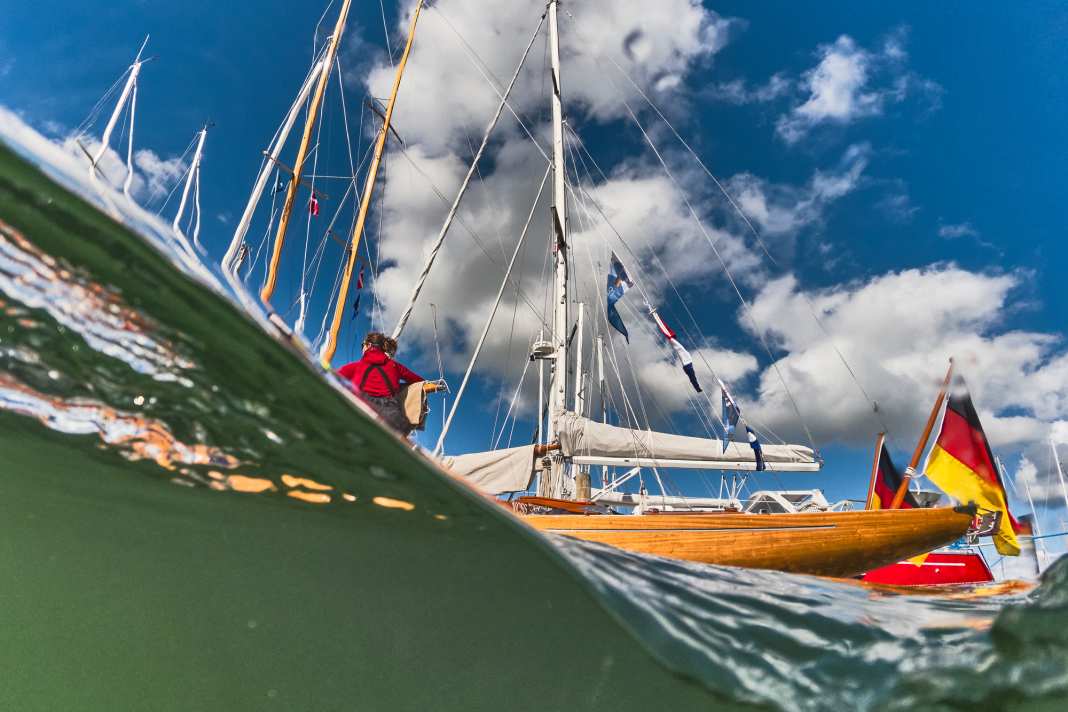





Recommended reading from the editorial team

New podcast episode
What really matters when it comes to antifouling - with expert Nils Schumacher
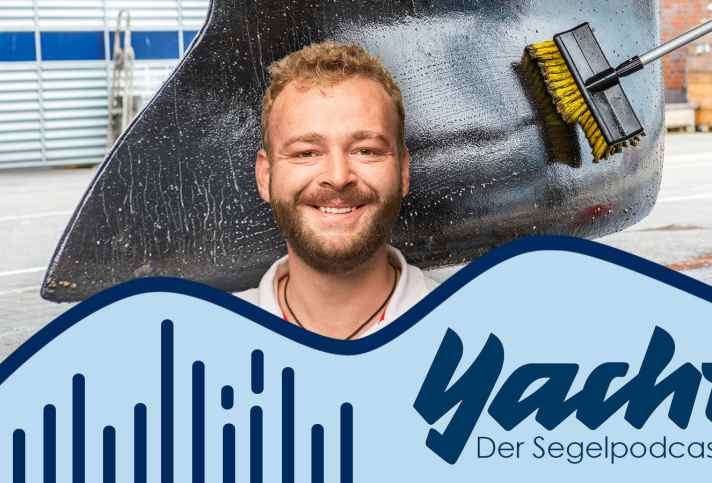
In the 54th episode of YACHT - the sailing podcast, Nils Schumacher, master boat builder at Von der Linden, talks about antifouling and gives helpful tips.
Ultim
Boat or spaceship? "Gitana 18" fascinates the sailing world
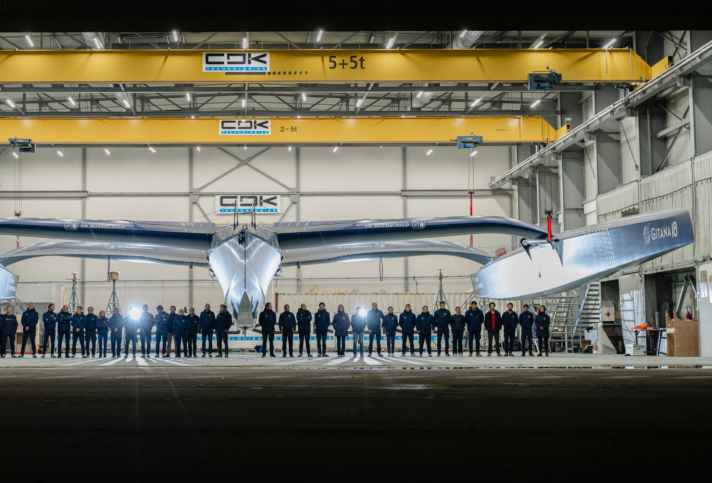
Curtain up for "Gitana 18": France's new offshore queen was unveiled in Lorient. "Maxi Edmond de Rothschild" is set to redefine offshore flying.
Provisioning tips
Why we always have sauerkraut on board on long journeys
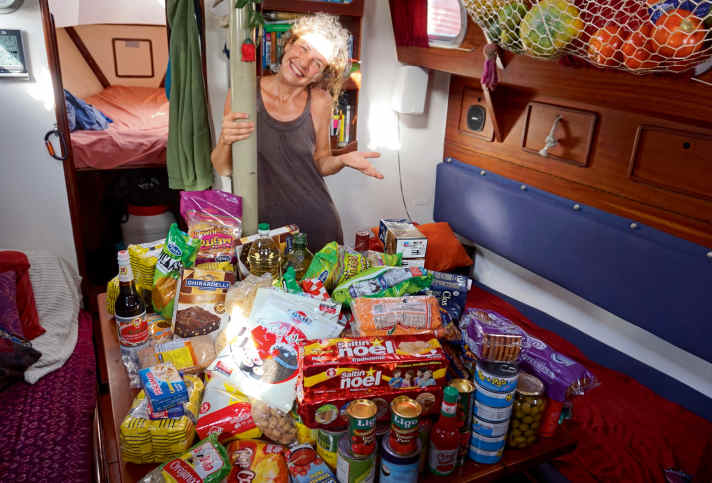
In their new book, Claudia Clawien and Jonathan Buttmann answer 33 questions about long-distance sailing. The eighth question concerns the provisions on board.
SailGP
Interview with Erik Kosegarten-Heil - "We have the chance to become a picture book team"
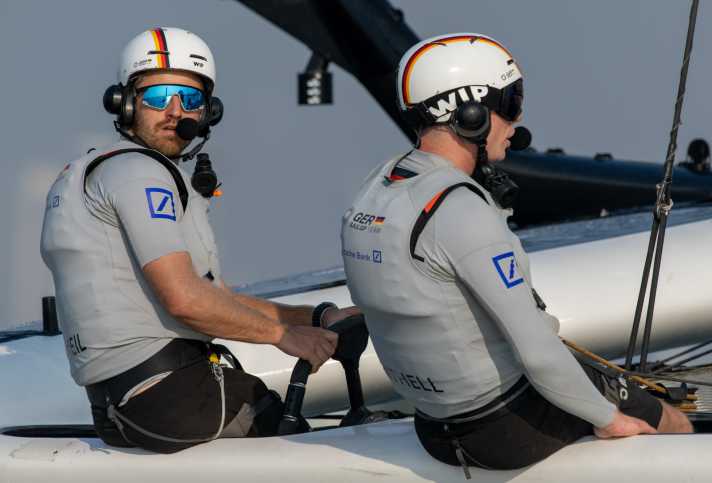
Erik Kosegarten-Heil steers Team Germany in the SailGP. In this interview, the sailing pro talks about advancing in the league, the art of starting and his leadership style.
ARC+ 2025
First boat crosses the finish line
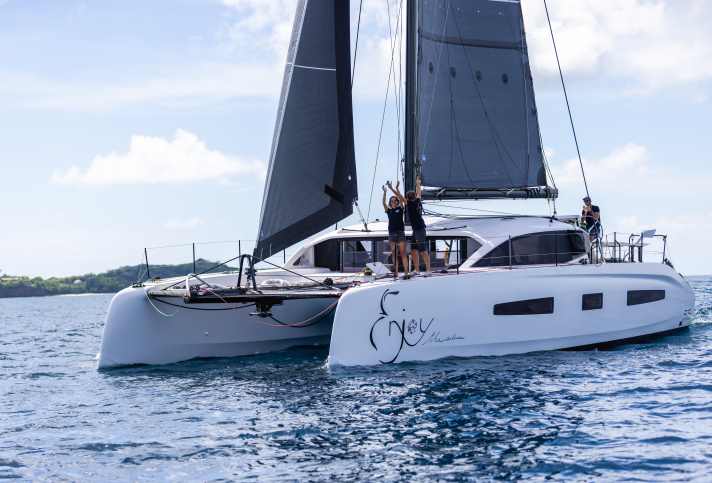
Sailing under the Luxembourg flag, the "Enjoy the Silence" reached Grenada by a large margin as the first ship in the cruising flotilla across the Atlantic.
Globe40
Circumnavigation interrupted - tough draw for Burke and Fink
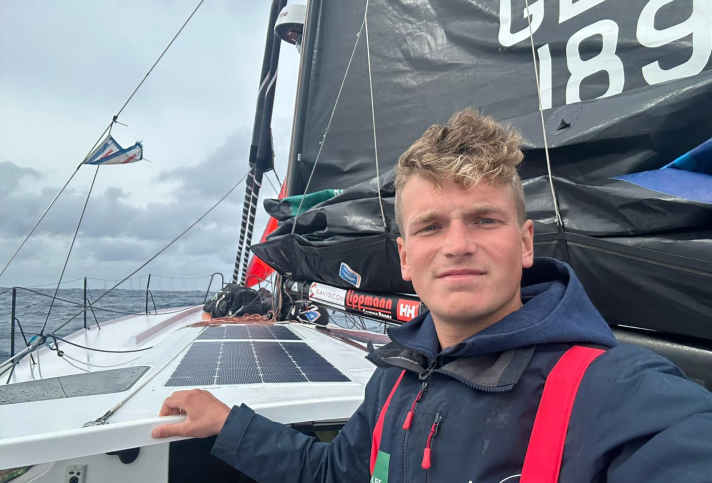
Tough going for Lennart Burke and Melwin Fink after breaking in the Globe40: the leg task and the return to La Réunion for repairs put the crew to the test.
Fatal accident
Defective switch turns electric winch into a murder weapon
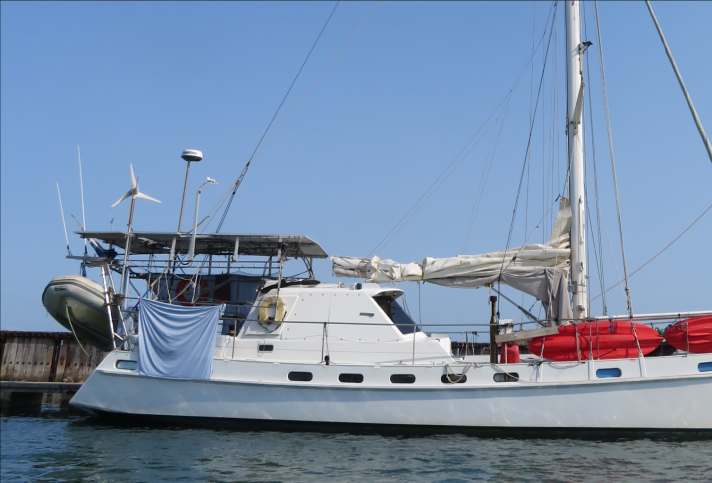
A 74-year-old circumnavigator died in the Solent in August while operating an electric winch. The British marine casualty investigators have now published their interim report. The cause was a defect in the winch switch.
Berlin
LAKEitEASY aims to revitalise the sailing scene
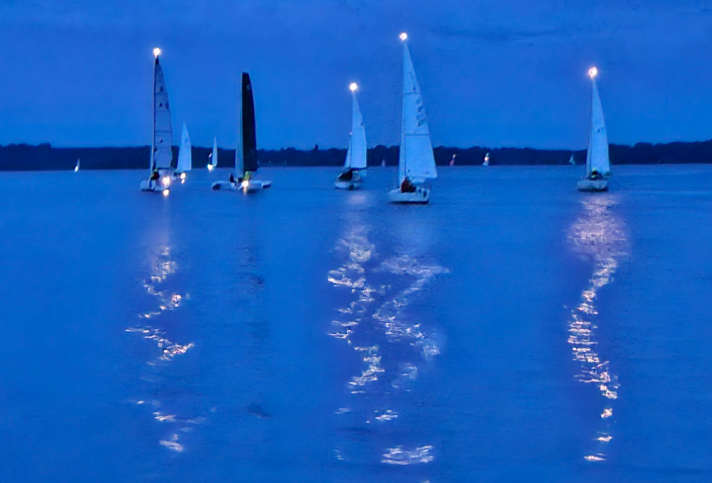
The Berlin regatta scene is to be given new impetus with the Lake it Easy initiative. Three partner clubs organise races on Wannsee, Müggelsee and Tegeler See.
SailGP
A British coronation, a Danish gala and a German "mirror"
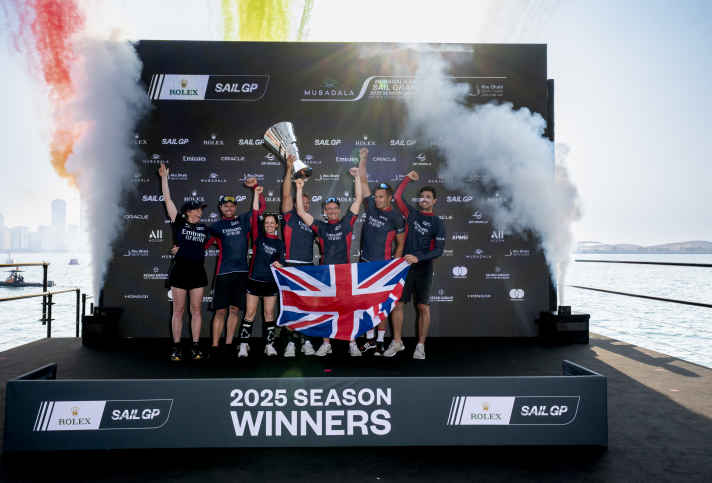
British crowning glory in Abu Dhabi: Team Emirates GBR is Rolex SailGP Champion 2025, beating Australians and New Zealanders in the final.
Seawing
Robust tug generator from France
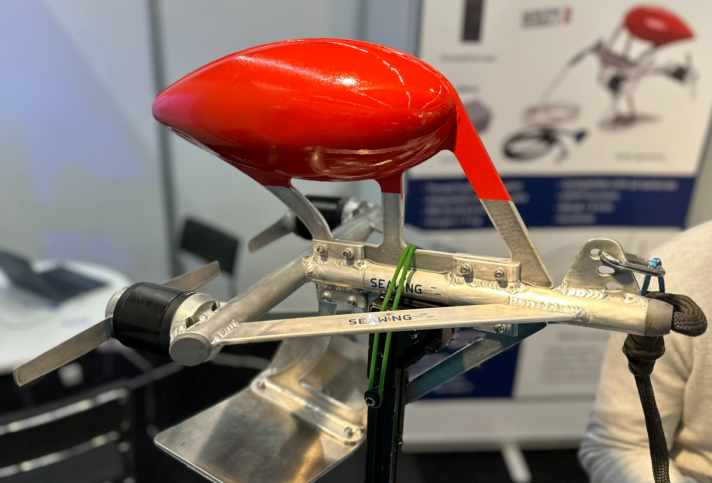
The Seawing hydrogenerator enables sailors to recharge their on-board batteries while sailing. The system with counter-rotating propellers generates electrical energy from a speed of three knots and is limited to a maximum output of 600 watts. Installation is straightforward and a smartphone app enables monitoring and control.
Newsletter: YACHT-Woche
Der Yacht Newsletter fasst die wichtigsten Themen der Woche zusammen, alle Top-Themen kompakt und direkt in deiner Mail-Box. Einfach anmelden:

